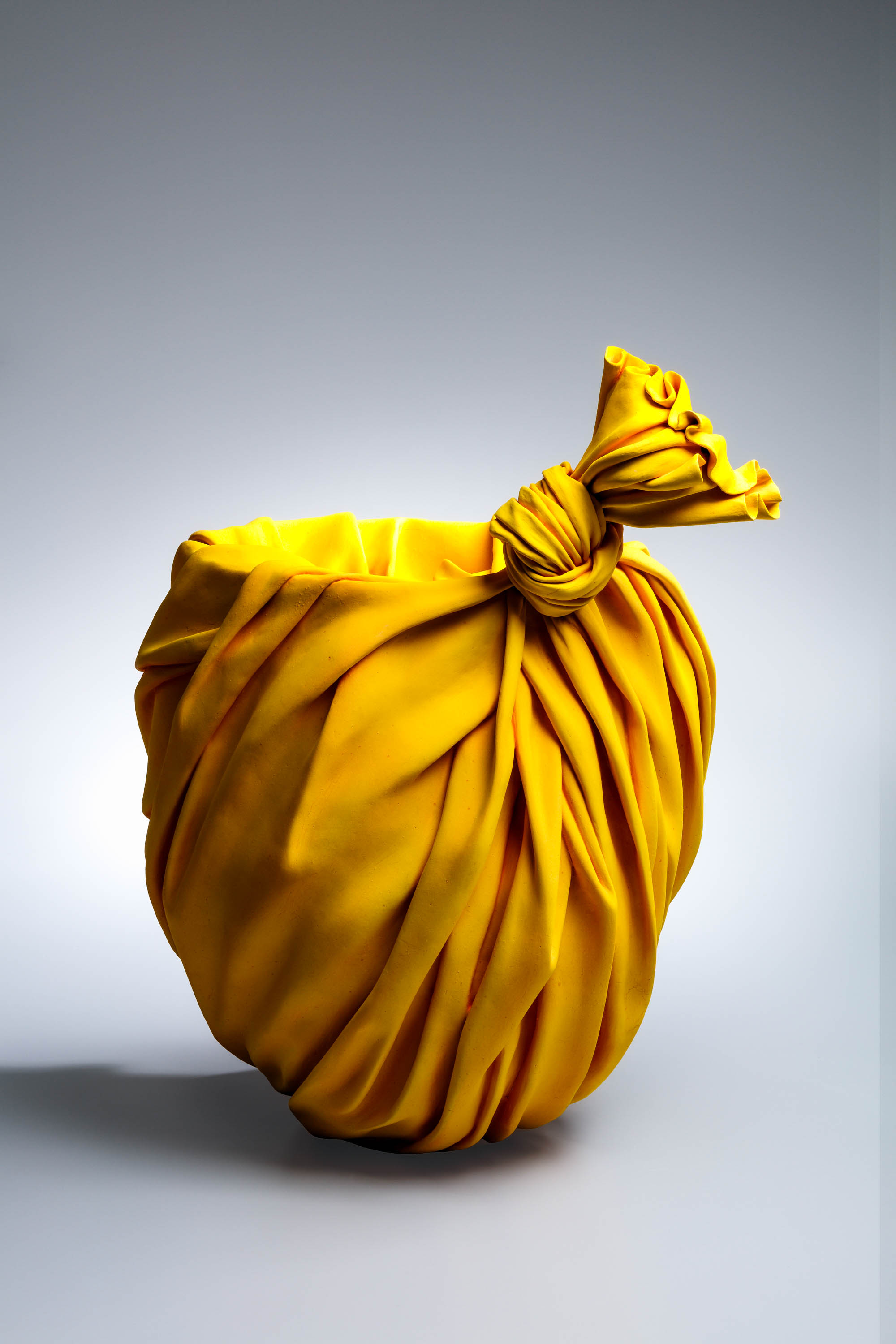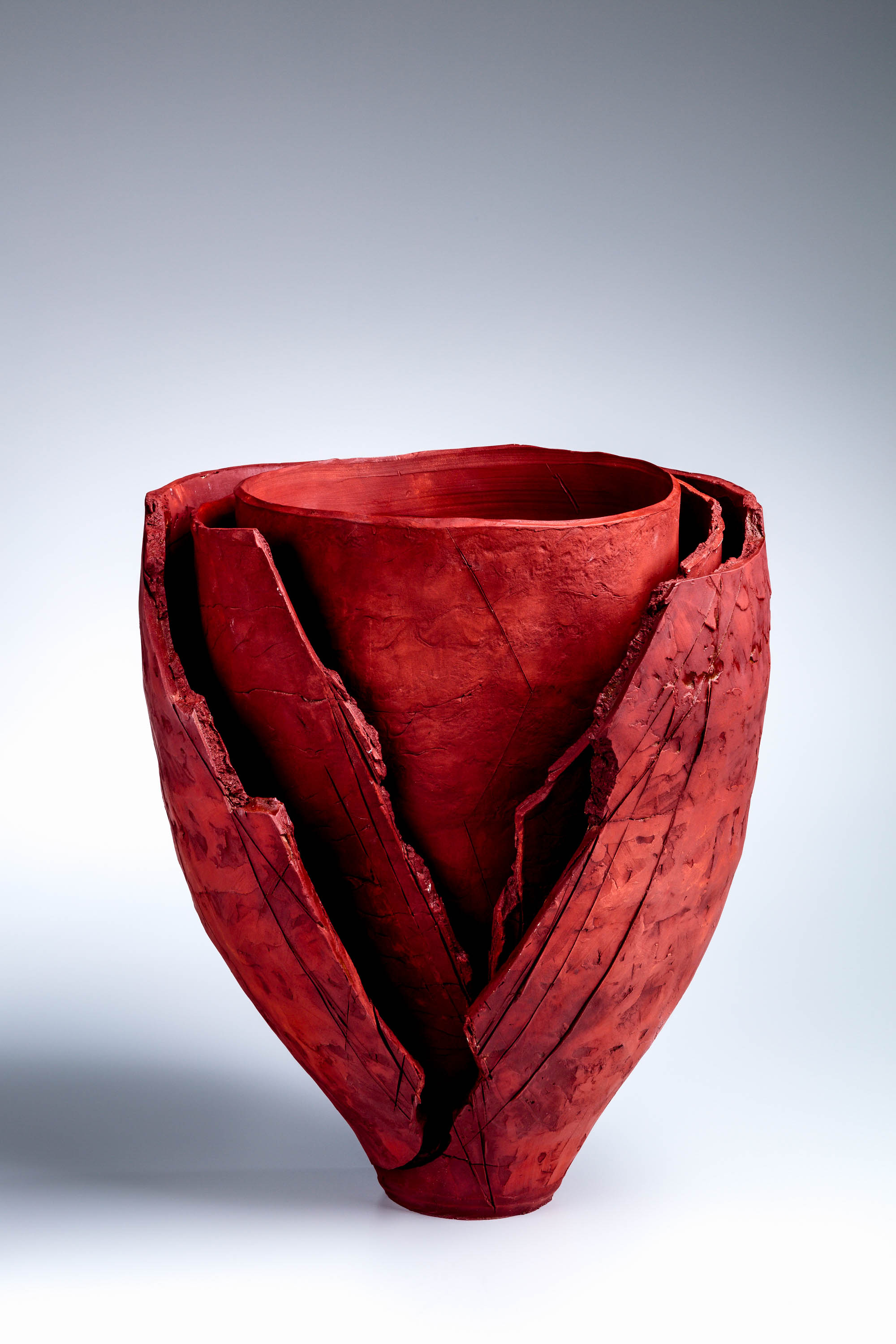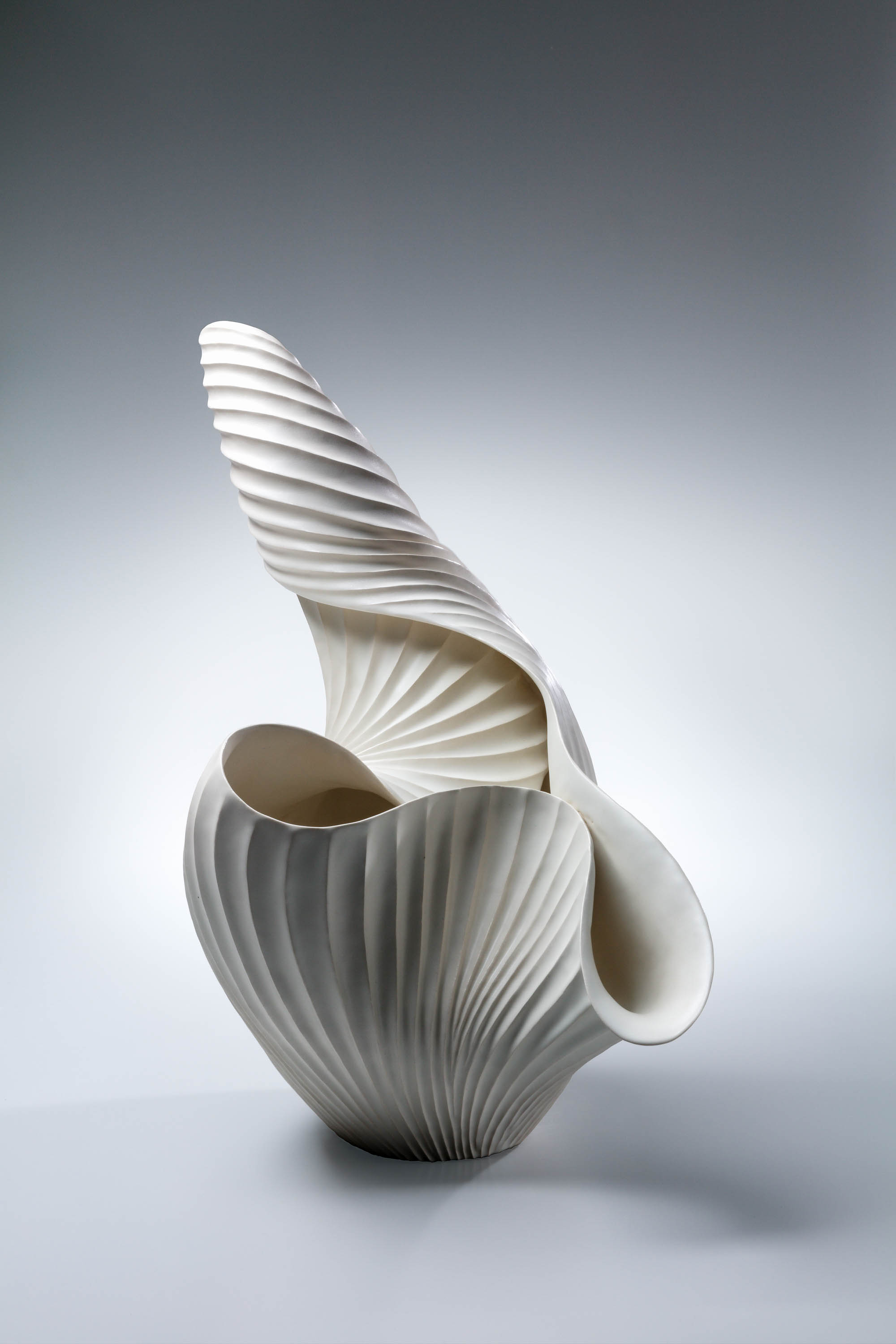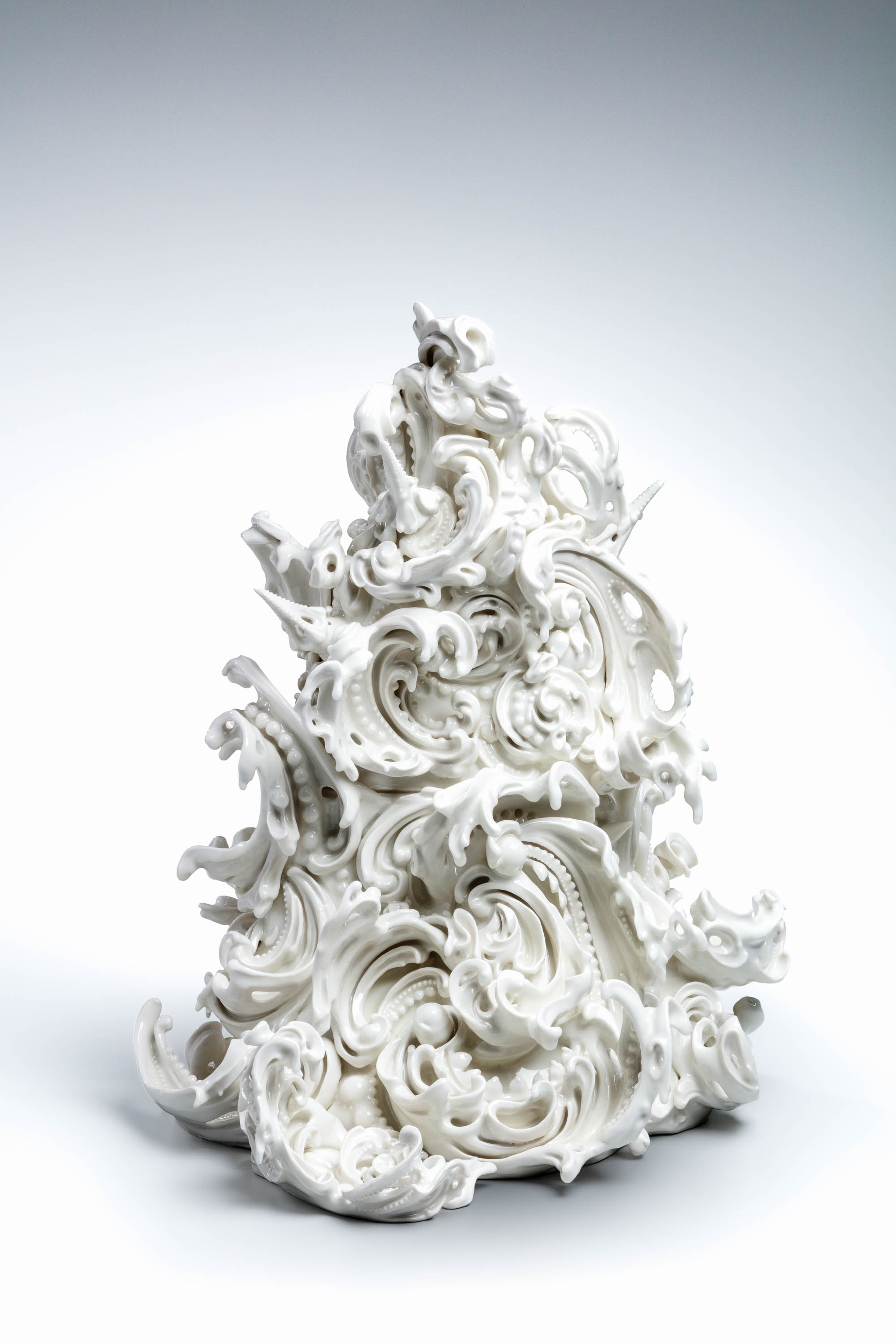For Japanese ceramicists such as Tsuji Kyo (1930-2008) and Mishima Kimiyo (1932-2024) their work in the kiln was about more than just firing their next piece. It was about forging a path forward for female ceramic artists in Japan, creating a legacy that has continued on well into the 21st century. The Ringling Museum’s exhibition Radical Clay: Contemporary Women Artists from Japan celebrates that legacy by showcasing 41 ceramic sculptures from 36 contemporary female Japanese artists. The exhibition, which includes pieces from Kyo and Kimiyo, features works from a range of artists drawing from vastly different styles and techniques. Radical Clay, which was first shown at The Art Institute of Chicago, provides a glimpse into the scope of these early artists’ influence—grouped alongside works from the likes of Tsuji Kyo and Mishima Kimiyo are pieces from emerging artists such as Mori Aya (b. 1989) and Sayuri Ikake (b.1990).

“All but three of the artists represented in the exhibition are still active,” says Rhiannon Paget, The Ringling’s Curator of Asian Art. “The show represents this vast generational spread of Japanese ceramic artists of the 20th century. In the past it certainly wasn’t easy to become an artist, let alone a ceramic artist in Japan. There was this first generation of artists, like Tsuji Kyo for example, who had to battle against the social expectations and prejudices held towards women at the time.” Although women have a long history within Japanese ceramics, it wasn’t until after the second World War that they began to establish themselves as independent artists. Admission into arts universities didn’t begin until after the war—1946 marked the first year that women were admitted into the University of Tokyo—and working in the wood-fired kilns where ceramics were made was barred largely by superstition.

“There was a lot of fear around having women at kiln sites, which were governed by Shinto beliefs,” says Paget. “Women were always seen as kind of impure and the thought was that you didn’t want to disrupt the Kami or kiln gods that took care of these kilns by allowing women around them. There was also the fact that kilns were dirty and dangerous and seen often as no place for a woman.”

While women were involved in ceramics, it was typically as surface decorators, working with paints and enamels to design the surface of pieces instead of creating their own works. For Tsuji Kyo, who was trained as a painter and married to prominent ceramicist Tsuji Seimei, breaking out with her own work meant shielding her identity from the world—Kyo changed her name from Kyoko to Kyo to ensure that her female identity wouldn’t be revealed at competitions. Others, like Tokuda Yasokichi IV (b. 1961), came from a heritage of ceramic art making. Tokuda Yasokichi IV inherited her name from her father, Takuda Yasokichi III, a “Living National Treasure” artist heralded for his preservation of Kutani porcelain production. With no male successors to the bloodline, Tokuda Yasokichi IV was trained by her father and has kept the tradition alive, albeit with her own personal style. “Her piece Rising Dragon is this incredible white and blue porcelain vessel and it’s one of my favorite pieces in the exhibition,” says Paget. “The techniques that she uses are very similar to those that her father and grandfather used before her, but the forms that she builds and the way that she employs color are aesthetically very different.” The work featured in Radical Clay ranges broadly not just in the date that it was created, but in style and subject matter. Some of the pieces like Tsuji Kyo’s Plate with Moth Design or Tokuda Yasokichi IV’s Rising Dragon appear as more traditional ceramic vessels, while others such as Makiko Hattori’s Samayou;Wandering are full fledged contemporary conceptual sculptures.

“It’s this kind of globular, swirl-shaped ceramic that’s covered in these ribbons of shaved porcelain,” says Paget of Hattori Makiko’s piece. “It’s breathtaking because the techniques are so original and are done so well. These artists are so inspiring in their dedication to their art form and commitment to making art at this extremely high conceptual and technical level.”

Mori Aya’s work also pushes the boundaries of what was thought to be possible in ceramic sculpture. Sarcotesta (Fleshy Seedcoat) is made from glazed stoneware and seems to undulate as if alive underwater. “She’s one of several artists that make these forms that look almost biological in their inspiration,” says Paget. “It’s this massive piece that looks like some kind of sea creature, maybe a sea sponge or piece of coral that has grown for hundreds of years under the sea. It doesn’t quite look like clay and in that sense, it defies the properties of its own media.”
All images courtesy of The Ringling.









